Coconut Tree: Complete Care And Growing Guide
Learn how to plant and grow a beautiful coconut tree if you live in a warm climate. If not, grow one in a container. Coconut palms bring the feel of the tropics into your space.
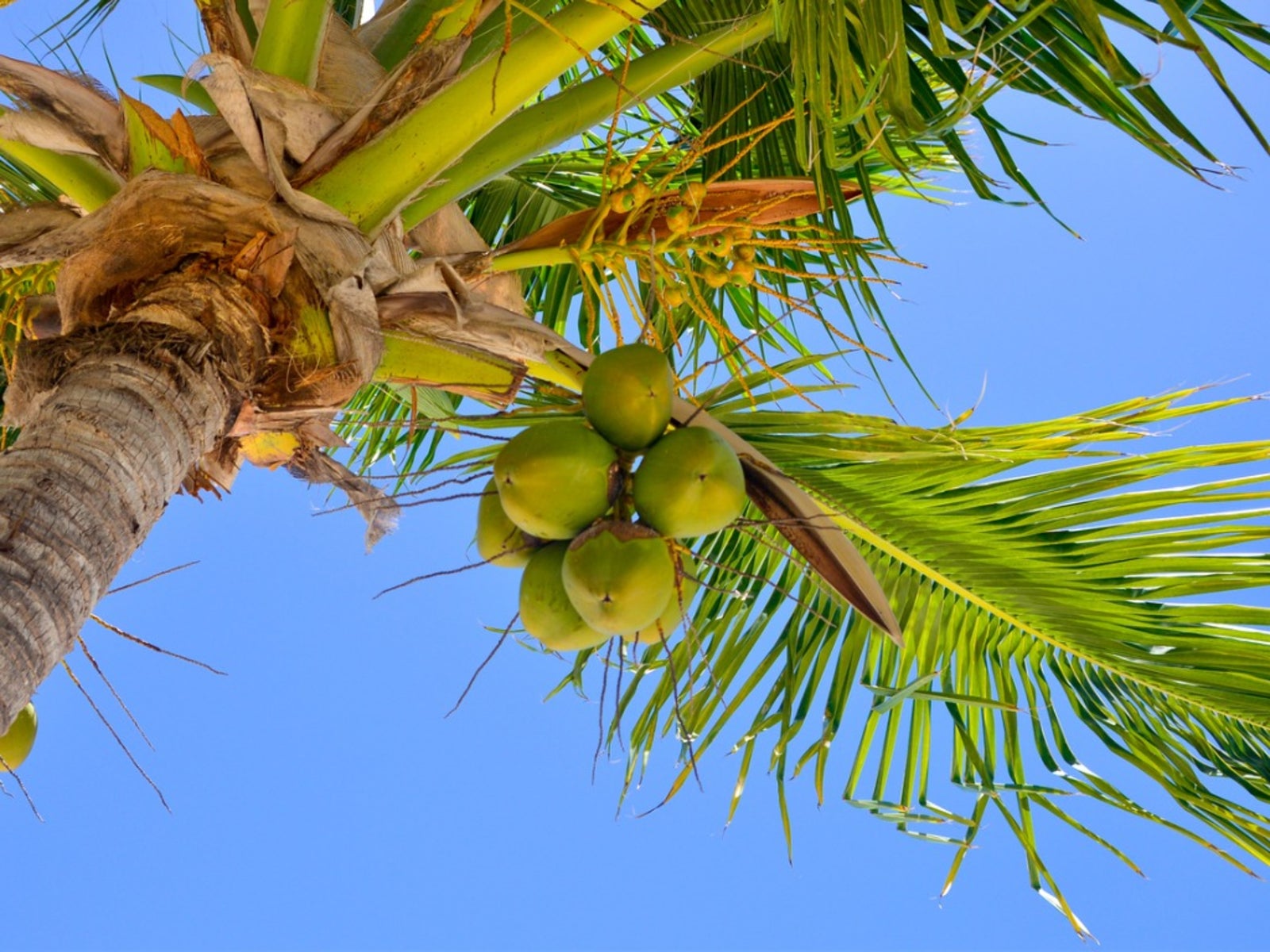

How To Grow And Care For A Coconut Tree
The coconut palm gives the biggest tropical bang for your buck of any other plant. It is highly valued as a landscape ornamental but is also an important commercial crop in many warm-weather countries. Copra, dried coconut meat from the fruit, is used to make coconut oil, a standard ingredient of soap, shampoo, cosmetics, cooking oils, and margarine.
This large palm grows with a single, light-brown columnar trunk, swollen at the base, topped with fronds. Tall varieties can shoot up to 100 feet, while dwarf varieties are more appropriate for small gardens.
QUICK FACTS:
- Botanical name: Cocos nucifera
- Height: to 100 Feet
- Spread: to 40 Feet
- Sun exposure: Full sun
- Soil requirements: Moderately fertile, humusy, moist, well-drained soils
- Hardiness zones: 10 - 12
- When to plant: Sow seeds in spring, transplant when it is warm and rainy.
Coconut Tree Care
If you are wondering how to grow a coconut tree, its important to first understand the plant’s cultural requirements.
- Light Coconut palm trees require direct sun, and generally, the more the better for fruiting.
- Water Coconut plants require a continuous supply of water to keep the soil moist, and this can be partially provided by rainfall. But note that th e coconuts cannot tolerate water logging.
- Temperature & Humidity Needs a minimum temperature of 64 degrees F. to produce fruit.
- Soil For the best growth, plant your coconut tree in well-drained soil. It should also be fertile and moist.
- Fertilizer If you don’t give your coconut palm fertilizer, you are likely to see nutritional deficiencies. Feed it regularly with a "palm special" fertilizer. Look for one that includes the N, K, and Mg in a controlled-release form so that these nutrients will not quickly leach out. Apply fertilizer with a rotary spreader and cover all soil beneath the canopy of the palm.
- Problems, Pests & Diseases Look out for the leafhopper. This insect spreads the serious disease of lethal yellowing. It has already killed thousands of coconut palms in Florida. Look for a resistant variety if you are just planting. Other pests can be problems too, like the palm leaf skeletonizer, aphids, nematodes, spider mites, and scale.
How to Plant a Coconut Tree
If you are growing a coconut palm from seed, plant it in spring. However, in mild climates, transplant them in the warmest, rainiest summer months. If you are transplanting, drop the new plant an inch (2.5 cm) below the soil's surface. Water right away and apply a few inches of mulch. Provide an inch of water every week immediately after planting.
Apply a few inches (7 cm) of mulch to the surface to help retain moisture and avoid extra weduring their first year, unless they get this much from rainfall.
Pruning
Coconut plants do not require much pruning. However, prune out diseased or infected branches.
Propagation
Coconut trees are propagated only and exclusively from seed, that is, the coconut itself. Seeds are ready for planting when you hear coconut water sloshing around inside the coconut if you shake it. Plant them on their sides, buried ⅔ in sand or mulch.
Gardening tips, videos, info and more delivered right to your inbox!
Sign up for the Gardening Know How newsletter today and receive a free copy of our e-book "How to Grow Delicious Tomatoes".
Harvesting
The coconuts ripen all year long, with a harvest every few months. The ripe nuts are harvested directly from the tree rather than being allowed to fall to the ground. -They are considered ripe when the coconut water sloshes around inside when shaken.
How to Grow a Coconut Tree in a Pot
It is possible to grow a coconut tree in a container. To do so, plant it so that the bottom of the stem and top of the root system are about an inch below the surface of the soil. Water immediately and frequently until the tree’s root system is well established. Repot when the tree outgrows its pot.
Overwintering
The advantage of growing a dwarf coconut plant in a pot is that you can overwinter it indoors. Be sure the tree gets adequate sunlight.
Coconut Tree Varieties
You will find more than a few varieties of coconut plants available in commerce. A few popular trees include:
- West Coast Tall Coconut (a drought-tolerant tree that bears fruit in 6 or 7 years)
- Maypan Coconut (cold-hardy variety, producing medium to large-sized coconuts.)
- Tiptur Tall Coconut (considered one of the best coconut varieties to grow.)
- Orange Dwarf Coconut (produces fruit in 3-4 years.)
- Green Dwarf Coconut (fruits in 3 or 4 years)
FREQUENTLY ASKED QUESTIONS
Where Do Coconuts Grow?
They grow in Kenya, Tanzania, and Uganda. In this country, the coconut palm tree grows in southern Florida, the southern tip of Texas, and Hawaii. However, California has less luck. While coconut palms grow in southern California, they do not generally thrive there.
What Is the Difference Between a Palm Tree and a Coconut Tree?
All coconut trees are palm trees, but not all palm trees are coconuts. The plant family Aracaceae includes all palm trees, including Cocos nucifera, the sole species in the Cocos genus and the sole palm to bear coconuts.
How Long Does It Take a Coconut Tree to Bear Fruit?
The coconut tree will start fruiting about 6–10 years after the seed germinates. It only reaches full production after 20 years.

Teo Spengler is a master gardener and a docent at the San Francisco Botanical Garden, where she hosts public tours. She has studied horticulture and written about nature, trees, plants, and gardening for more than two decades. Her extended family includes some 30 houseplants and hundreds of outdoor plants, including 250 trees, which are her main passion. Spengler currently splits her life between San Francisco and the French Basque Country, though she was raised in Alaska, giving her experience of gardening in a range of climates.
-
 4 Superfast Composting Methods: Turn Waste Into Garden Gold In 30 Days Or Less
4 Superfast Composting Methods: Turn Waste Into Garden Gold In 30 Days Or LessTry the fastest composting methods to turbocharge your pile and transform kitchen scraps and garden waste into finished compost in just a few weeks.
By Mary Ellen Ellis
-
 Best Spider Plant Soil – Complete Soil Guide And Expert Tips For Keeping Plants Happy
Best Spider Plant Soil – Complete Soil Guide And Expert Tips For Keeping Plants HappySpider plants are fun and easy plants to grow, but what is the best soil for a spider plant? Selecting the right soil is important so they can thrive.
By Bonnie L. Grant
-
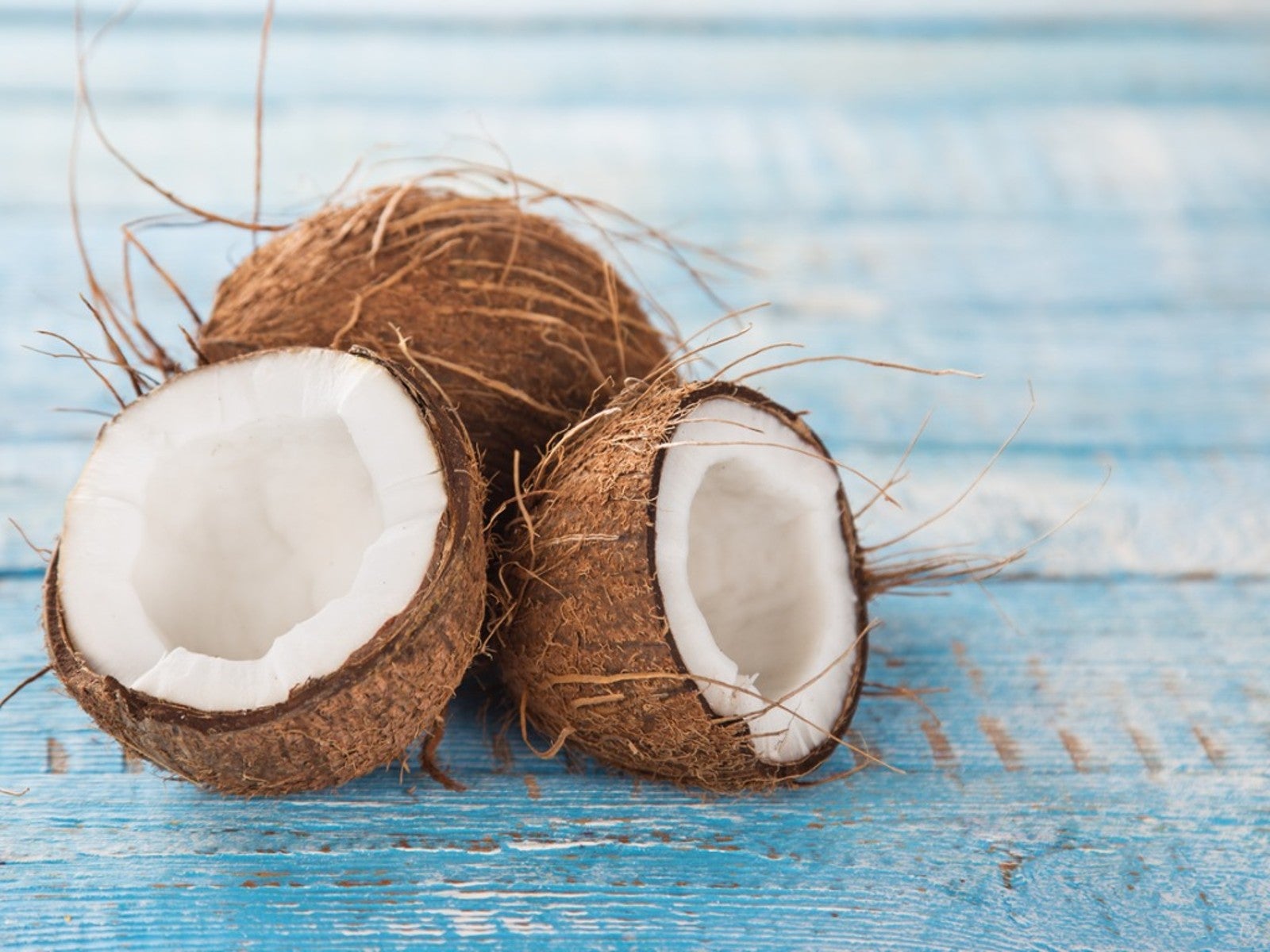 How To Use Coconut In The Garden
How To Use Coconut In The GardenIn the past we wouldn’t have considered using coconut byproducts in our gardens. Now we know it’s a great renewable natural alternative. Read on.
By Bonnie L. Grant
-
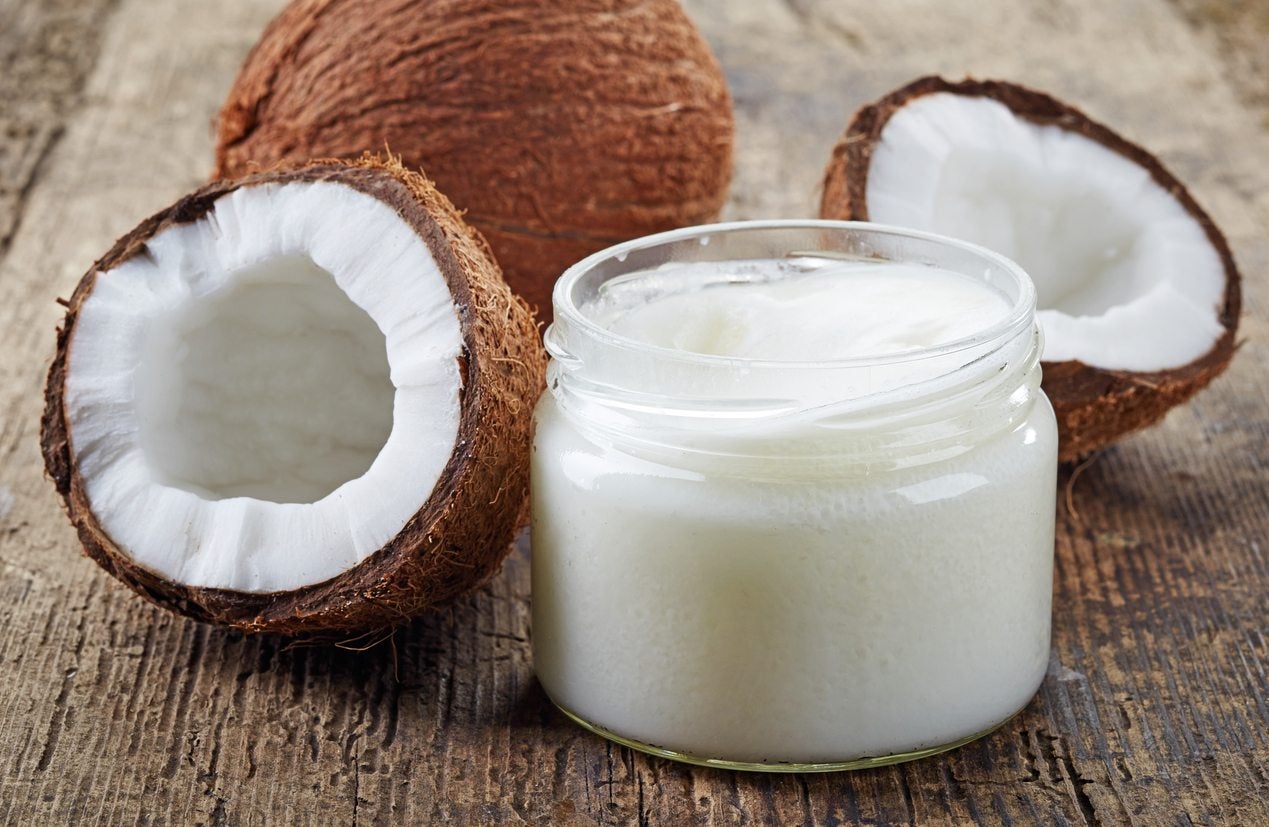 Coconut Oil Facts: Using Coconut Oil For Plants And More
Coconut Oil Facts: Using Coconut Oil For Plants And MoreYou can find coconut oil listed as an ingredient in many foods, cosmetics and other items. But what is coconut oil and how is it processed? There are virgin, hydrogenated and refined coconut oils with each being made a slightly different way. Learn more here.
By Bonnie L. Grant
-
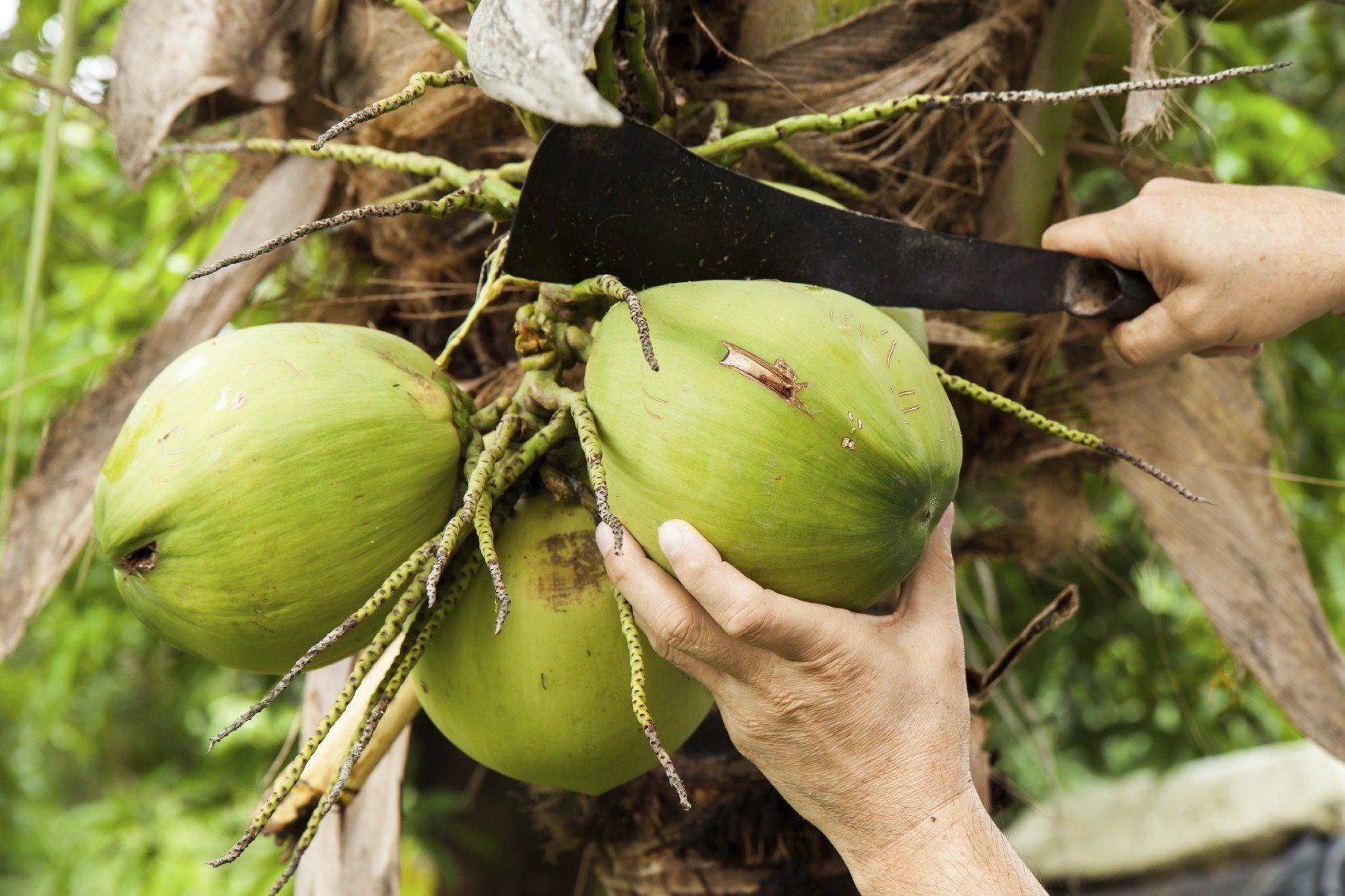 When Are Coconuts Ripe: Do Coconuts Ripen After They Are Picked
When Are Coconuts Ripe: Do Coconuts Ripen After They Are PickedIf you live in a suitably tropical region, you may be lucky enough to have a coconut in your landscape. The questions then arise, when are coconuts ripe and how to pick coconuts from trees? Click this article to find out all about harvesting coconuts.
By Amy Grant
-
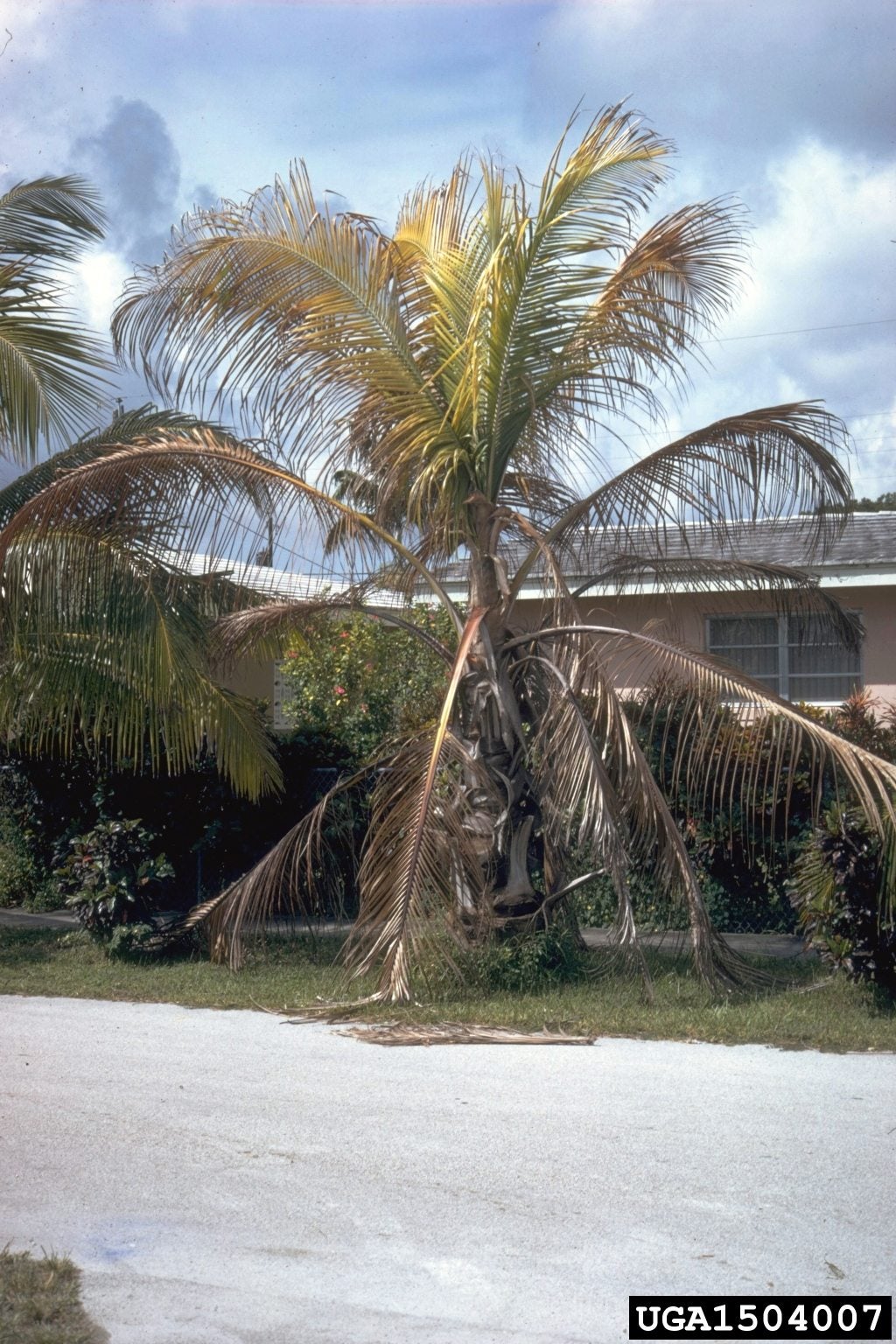 What Is Lethal Bole Rot: Learn About Lethal Bole Rot Disease
What Is Lethal Bole Rot: Learn About Lethal Bole Rot DiseaseWhat is lethal bole rot? Also known as basal stem rot or ganoderma wilt, lethal bole rot is an extremely destructive fungal disease that affects various palms, including coconut palm. Learn more about bole rot in coconut trees in this article.
By Mary H. Dyer
-
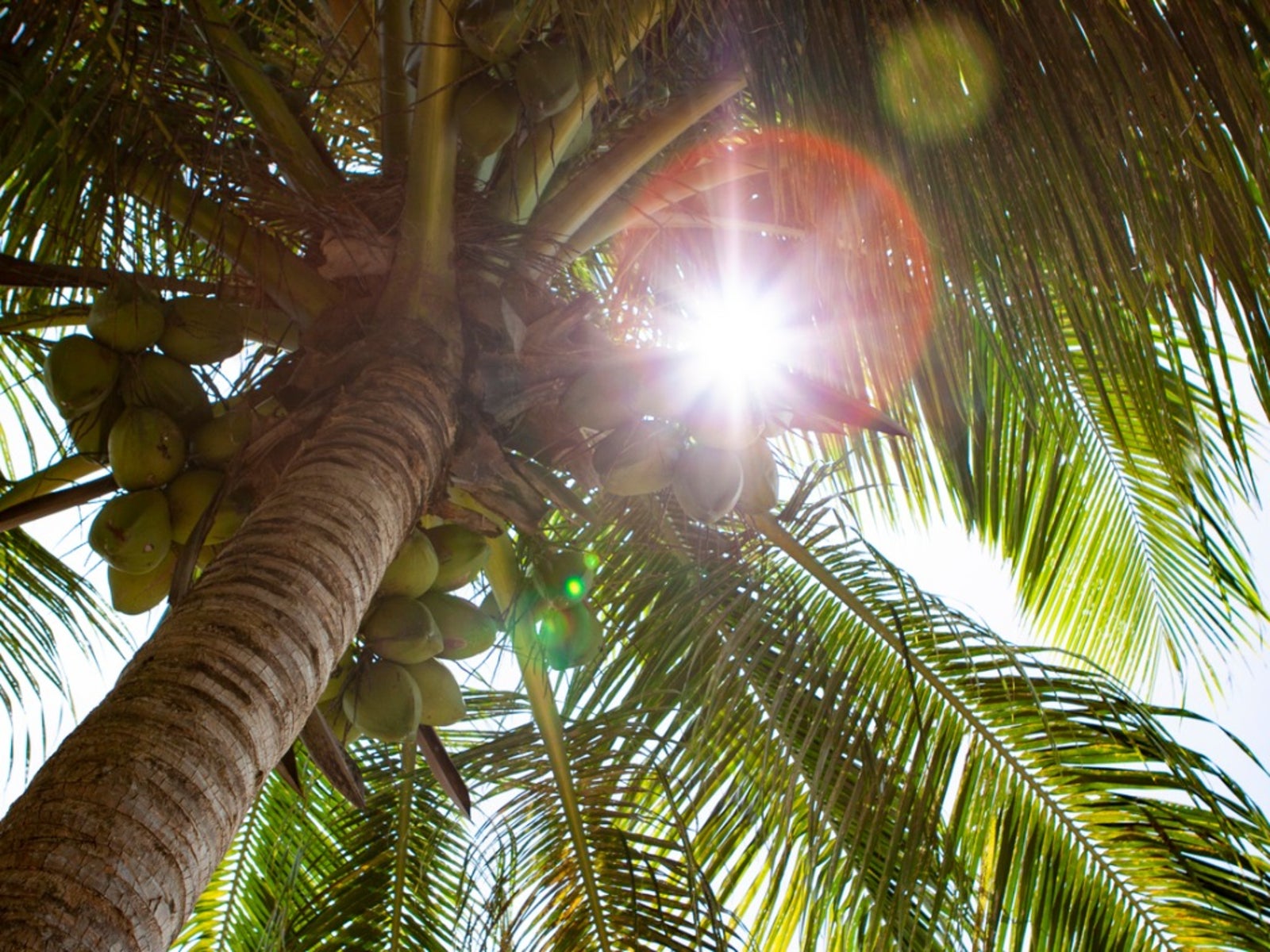 Coconut Palm Diseases – Reasons And Fixes For Coconut Wilting
Coconut Palm Diseases – Reasons And Fixes For Coconut WiltingCoconut trees are fairly low maintenance, interesting specimens for the home garden. Even so, they are susceptible to some coconut palm diseases and environmental stresses, such as coconut wilting. Learn more about this here.
By Amy Grant
-
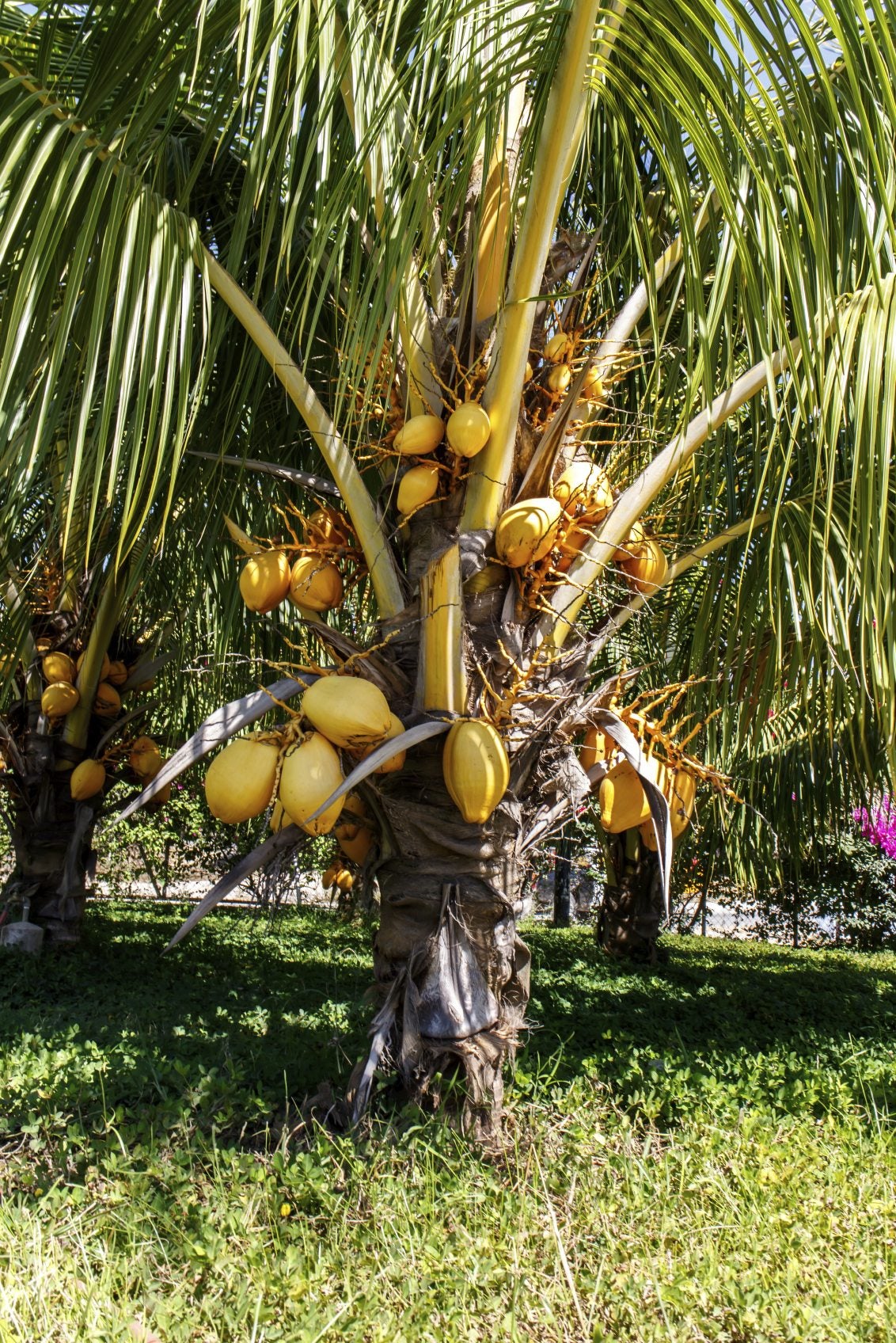 Fertilizing Coconut Palm Trees: How And When To Fertilize Coconut Palms
Fertilizing Coconut Palm Trees: How And When To Fertilize Coconut PalmsWith proper care, a coconut palm tree will produce an abundance of fruit for up to 80 years, so learning about fertilizing coconut palm trees is of paramount importance for the longevity of the tree. Explore how to fertilize coconut palm trees in this article.
By Amy Grant
-
 Coconut Tree Disease And Pests: Treatment Of Coconut Tree Issues
Coconut Tree Disease And Pests: Treatment Of Coconut Tree IssuesCoconut tree problems can interfere with healthy growth. Therefore, proper diagnosis and treatment of coconut tree issues is essential. Learn more in this article so you can grow healthy coconuts.
By Susan Patterson